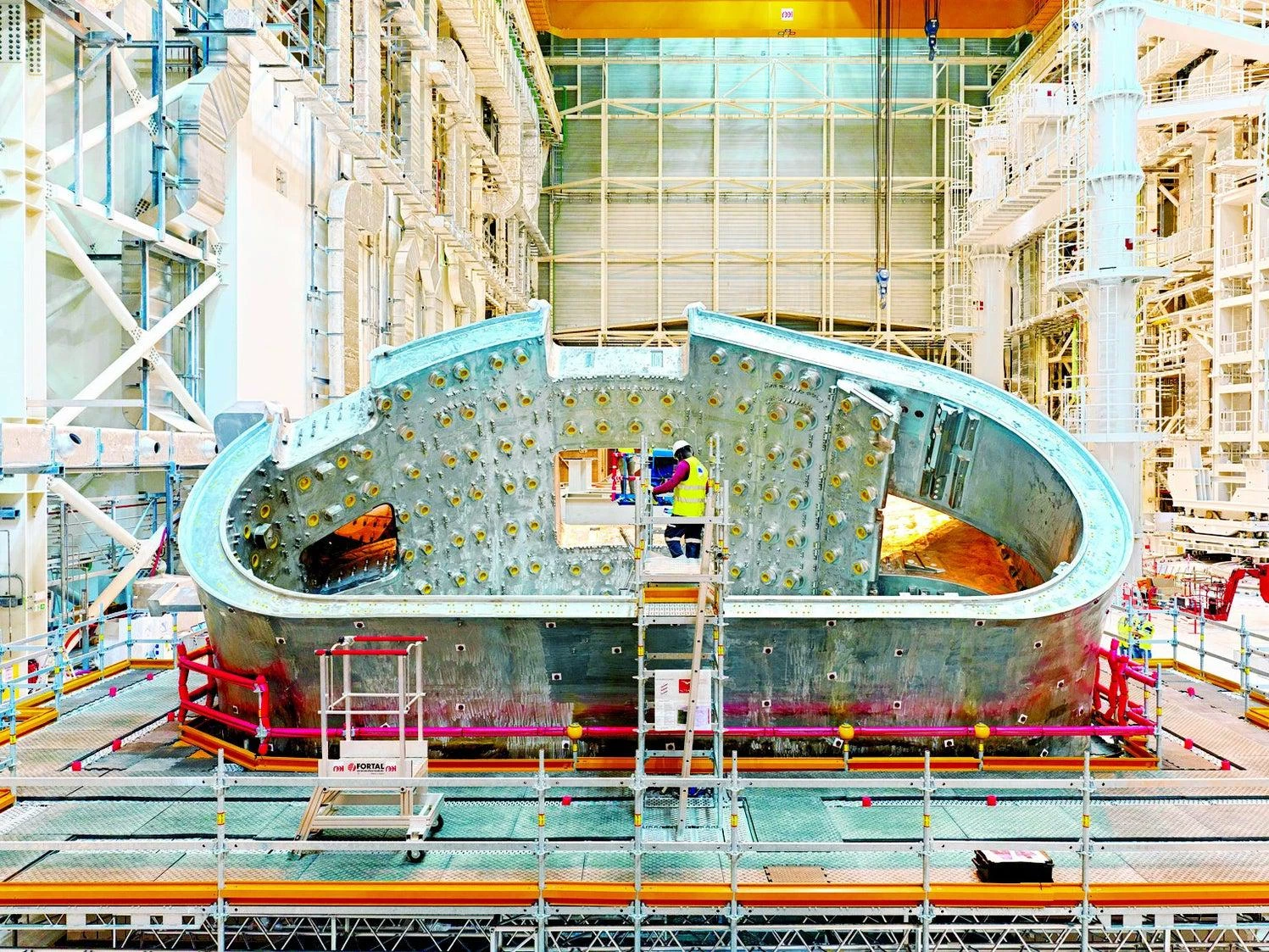
World’s Largest Fusion Reactor Begins Assembly. The pieces are finally coming together on the long-delayed ITER experiment to create nuclear fusion.
Humans are an energy-hungry species, and our current sources of power are not cutting it. Nuclear fusion, the process that fuels the sun, might offer the kind of clean, abundant energy we need—if only scientists can figure it out. The International Thermonuclear Experimental Reactor (ITER) is the biggest and most ambitious attempt yet to harness the energy produced by forcing two atoms to become one. The $25-billion experiment in Saint-Paul-lez-Durance, France, is a joint project of the European Union, China, India, Japan, South Korea, Russia and the U.S. Its ultimate goal is to do what no fusion experiment has done before: produce more heat than it consumes.
The project has been stymied by delays and ballooning costs, and a critical independent assessment forced out the top leadership several years ago. In some skeptics' eyes, it will always be a boondoggle, a waste of too much time and money for an experiment that is aiming to be not even a working power plant but merely a proof of concept. But ITER finally reached a long-sought milestone in July 2020 with the official start of machine assembly—when scientists began joining the various components provided by the partner countries. “We have the same feeling as somebody who is supposed to run successive marathons, and you achieve the first one, but still you know there are many more to do,” says Bernard Bigot, who took over as ITER director general in 2015. “It gives us more confidence in the future, but we know that nothing is [taken] for granted.”...
Scientific American: Fusion Dreams


